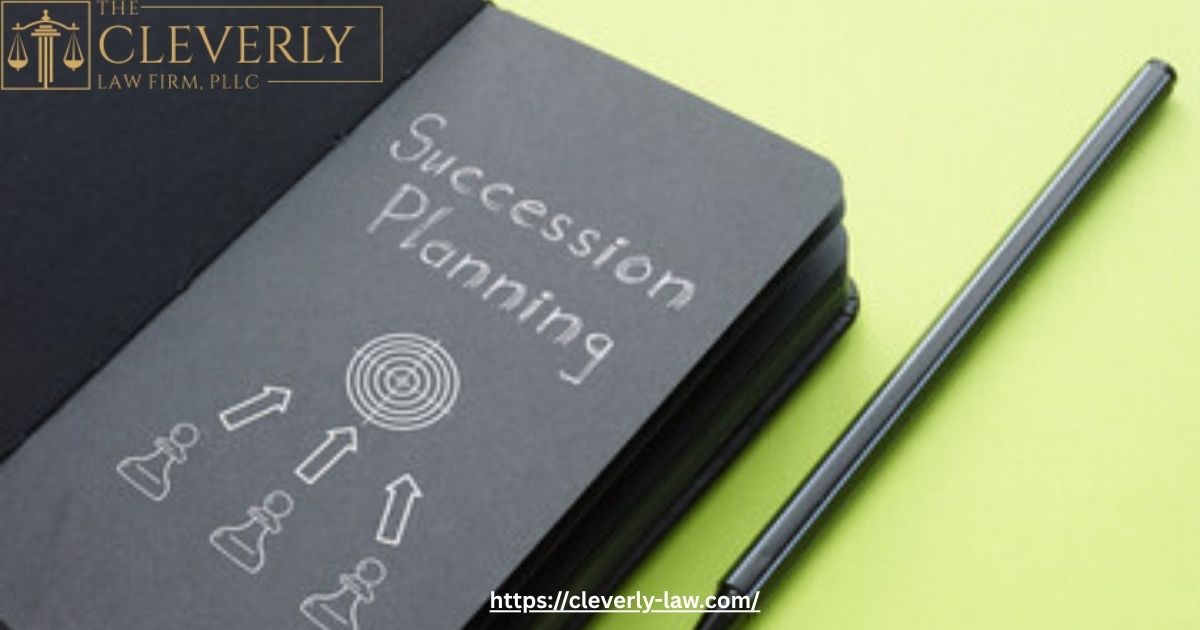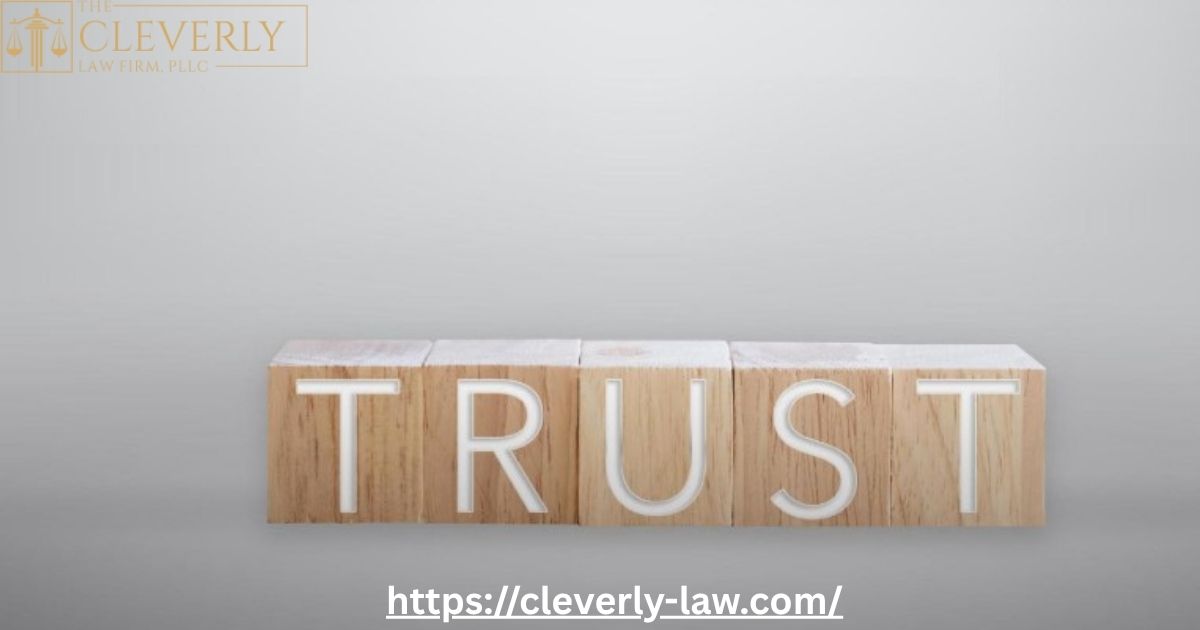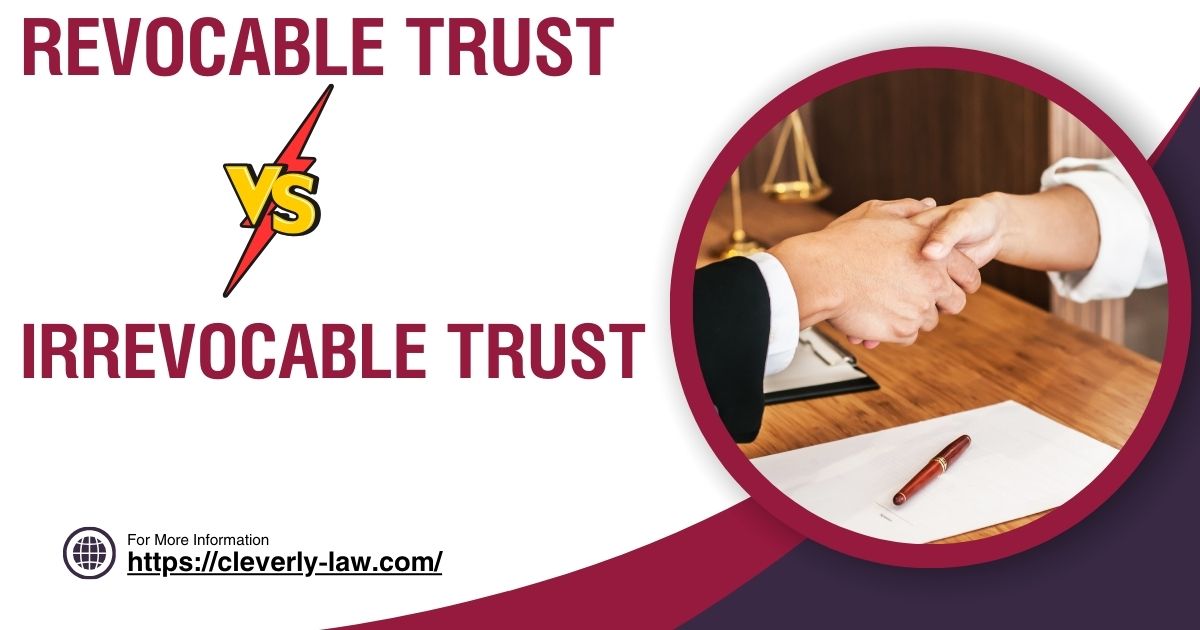How to Make Your Living Trust Without a Lawyer

Creating a living trust might sound complicated or expensive, but with the right tools and knowledge, people can set one up independently. Whether trying to avoid probate, protect your privacy, or plan for the future, this guide will walk you through the basics of making a living trust without having to hire a lawyer.
What is a Living Trust?
A living trust is a legal document that allows you to transfer ownership of your assets, such as property, bank accounts, and investments, into a trust while you’re still alive. You retain control of these assets during your lifetime, but after your death, they are passed on to your chosen beneficiaries without going through probate.
Purpose of a Living Trust
The main goal of a living trust is to streamline the management and distribution of your estate. It helps your loved ones avoid the lengthy and sometimes expensive probate process, ensures your wishes are followed, and provides greater control over how and when your assets are distributed.
Key Features
- You can act as your own trustee during your lifetime, managing and using your assets just as you normally would.
- You can change or revoke the trust at any time (if you’ve created a revocable trust), giving you flexibility as life circumstances change.
- It allows for a smooth, private transfer of assets after death, without court involvement or public record. This can provide peace of mind and privacy for both you and your beneficiaries.
Benefits of a Living Trust
Avoiding Probate
A properly funded living trust bypasses probate entirely, which can save time, legal fees, and stress for your loved ones.
Privacy Protection
Unlike a will, a trust is not part of the public record, so your assets and wishes stay private.
Types of Living Trusts
There are two main types of living trusts, and the right one for you depends on your goals—whether that’s maintaining control, protecting your assets, or planning for taxes.
Revocable Trusts
Revocable trusts are the most common choice for personal estate planning. You can change, update, or cancel the trust at any time while you’re alive. This flexibility allows you to adjust your trust if your circumstances, relationships, or wishes change. With a revocable trust, you typically act as your own trustee and maintain full control over your assets.
Irrevocable Trusts
Irrevocable trusts, on the other hand, cannot be easily modified or revoked once they’re set up. While that might sound restrictive, they offer significant advantages, such as shielding assets from creditors, helping with Medicaid planning, and providing certain tax benefits. Because you give up control over the assets in the trust, they are no longer considered part of your estate for tax or legal purposes.
Gathering Necessary Information
List of Assets
Make a detailed list of everything you want to place in the trust—homes, bank accounts, vehicles, investments, etc.
Beneficiary Details
Include the names, contact info, and specific shares or instructions for your beneficiaries.
Choosing a Trustee
Role of a Trustee
This person (or institution) manages the trust, handles distributions, and follows the instructions laid out in the trust document.
Selecting the Right Person
Pick someone trustworthy, organized, and capable of handling financial matters—this could be you initially, and a successor trustee after your passing.
Drafting the Trust Document
Once you’ve gathered your information and chosen a trustee, the next step is writing the actual living trust. This legal document outlines how your assets should be managed and distributed, both during your life and after your death.
Essential Clauses
Every living trust should include key elements such as:
- Name of the trust (usually something like “The John Smith Living Trust”)
- List of assets being placed into the trust
- Name of the trustee (who will manage the trust) and any successor trustees
- Instructions for how your assets should be distributed after your death
These details make your wishes clear and help avoid confusion later on.
Using Templates
If you’re doing it yourself, you don’t have to start from scratch. There are many trustworthy websites that provide fill-in-the-blank living trust templates. These are especially helpful if your estate is relatively simple. Just make sure the template you choose is:
- Designed for Texas law, since estate laws vary by state
- Up to date, reflecting current regulations
- From a reputable provider with legal expertise
If you’re unsure about whether your document covers everything correctly, Cleverly Law can review it or answer questions—so you can feel confident moving forward.
Funding the Trust
Transferring Assets
Once the trust is drafted, you must move assets into it. This involves re-titling property, changing account ownership, or assigning personal property.
Updating Titles
For real estate, you’ll need a new deed transferring the property into the trust. For vehicles or financial accounts, the institution may have a specific process.
Managing the Trust
Trustee Responsibilities
The trustee must manage the trust’s assets responsibly, follow the terms of the document, and act in the best interest of beneficiaries.
Record Keeping
Maintain detailed records of all trust-related transactions, distributions, and communications.
Revoking or Amending the Trust
When to Make Changes
Big life events—like marriage, divorce, or new children—often call for updates to your trust.
Process of Revocation
For revocable trusts, you can usually dissolve the trust with a simple written statement. Be sure to follow any state-specific requirements.
Common Mistakes to Avoid
Incomplete Documentation
A trust without proper signatures, dates, or legal terms may be considered invalid. Double-check everything.
Ignoring State Laws
Each state has different rules. Make sure your trust aligns with Texas laws to ensure it’s enforceable.
Maintaining Privacy
Confidentiality of Assets
Because trusts avoid probate, they keep your financial affairs out of public court records.
Limiting Information Sharing
Only the trustee and relevant parties need access to the full trust document, helping you keep your affairs private.
Resources for DIY Trusts
Online Tools
Several user-friendly, low-cost platforms guide you step-by-step through creating a trust.
Books and Guides
Self-help legal books can walk you through the process and help you understand what’s required in your state.
Conclusion
Creating a living trust without a lawyer is entirely possible—but it does take care, attention to detail, and an understanding of the legal process. If you’re unsure at any step, it’s smart to seek professional guidance to avoid costly mistakes.
At Cleverly Law, we’re happy to review your draft, answer questions, or help you fine-tune your trust to meet Texas legal standards. Whether you want to go the DIY route or have us handle everything, we’re here to help make your estate planning as clear and effective as possible.
Ready to protect your assets and secure your legacy?
Contact us today to schedule a consultation or get help reviewing your living trust.





